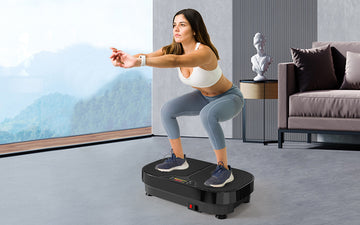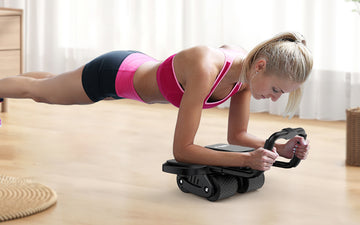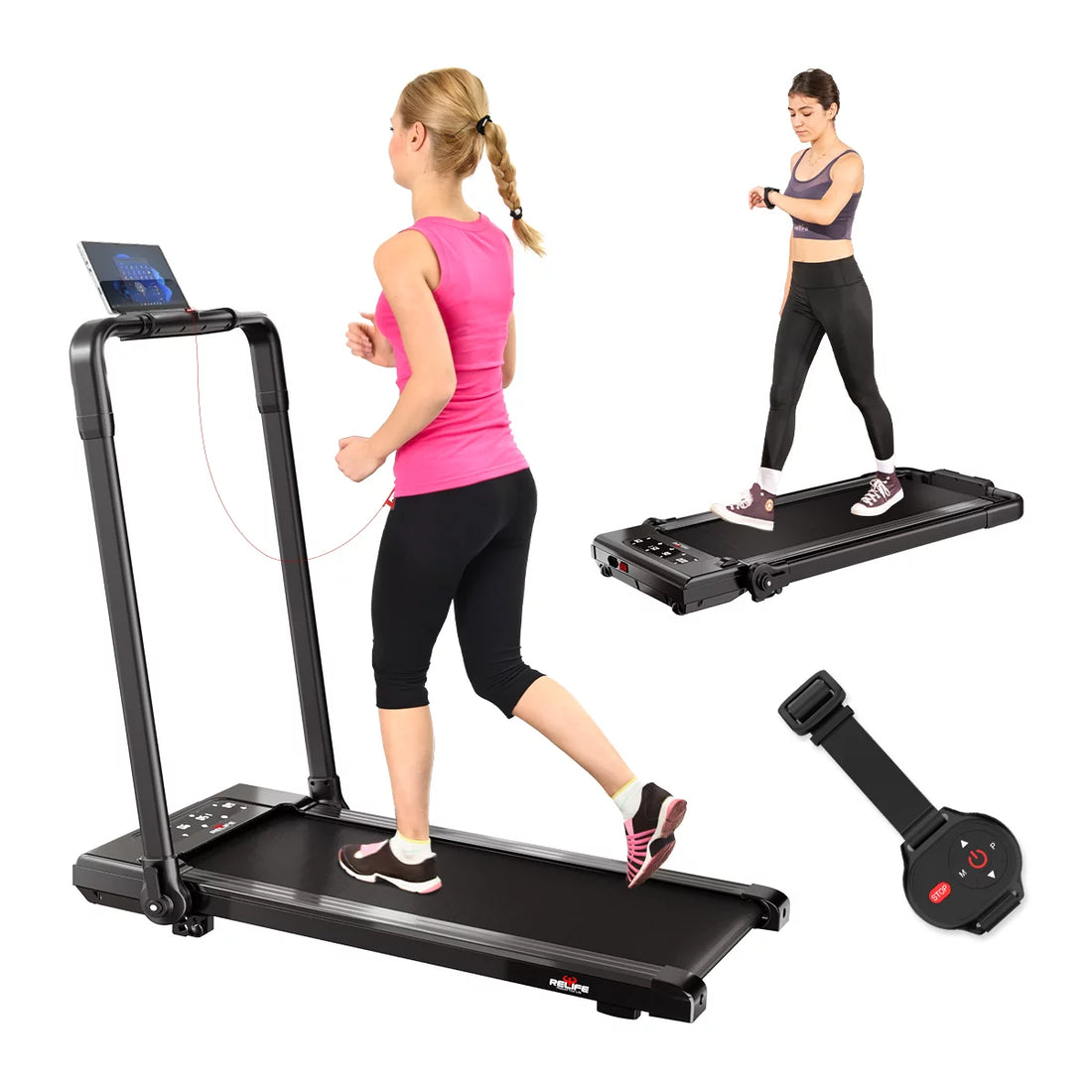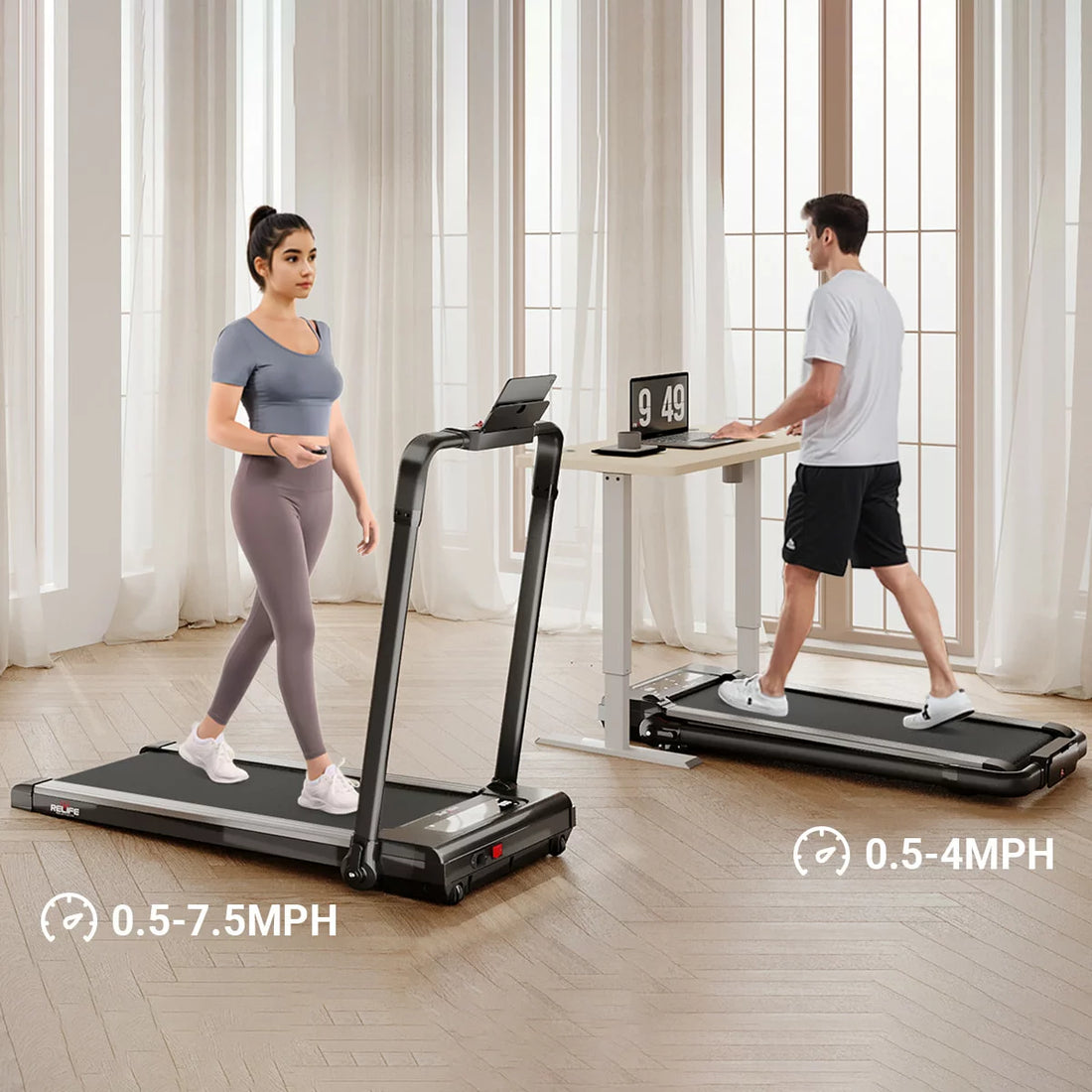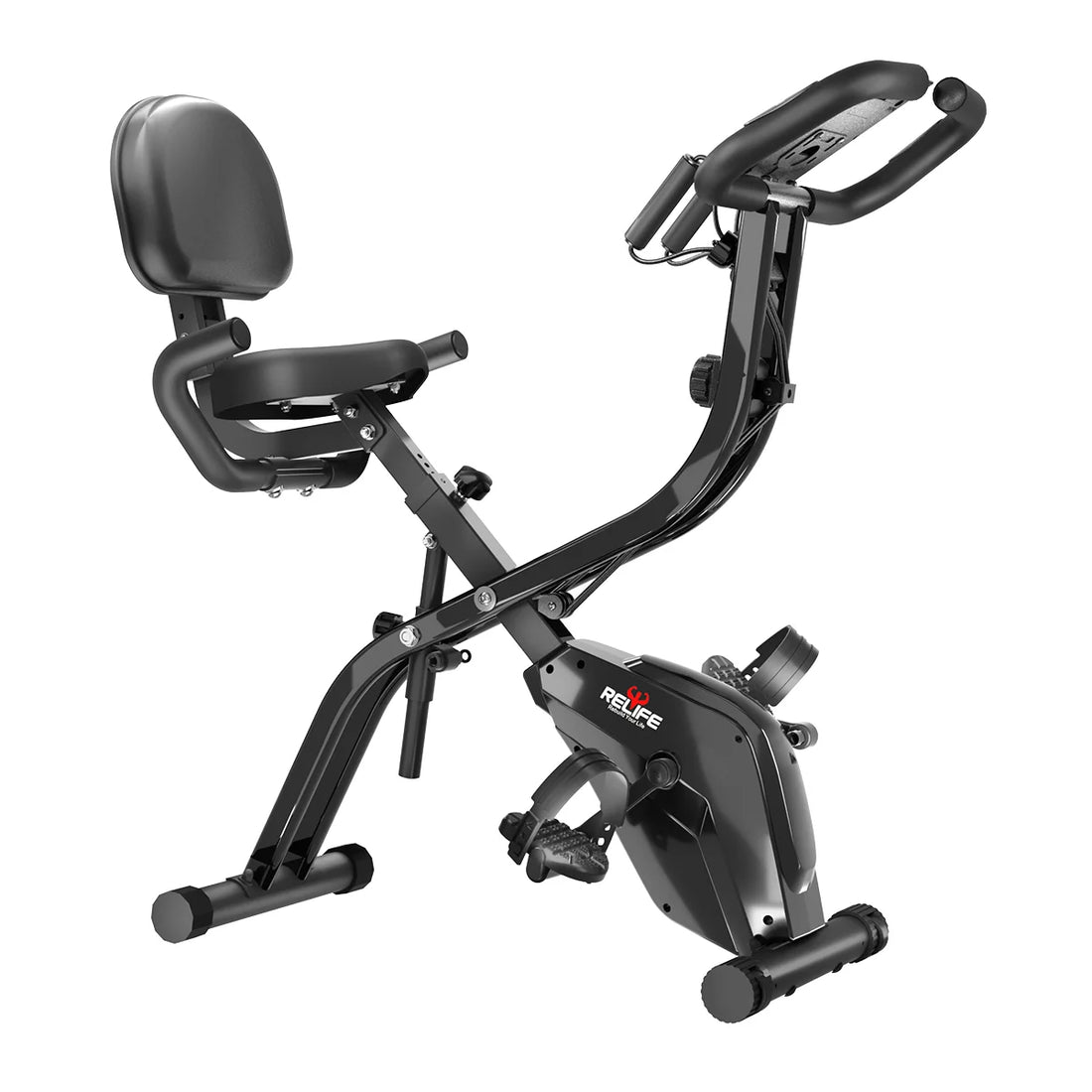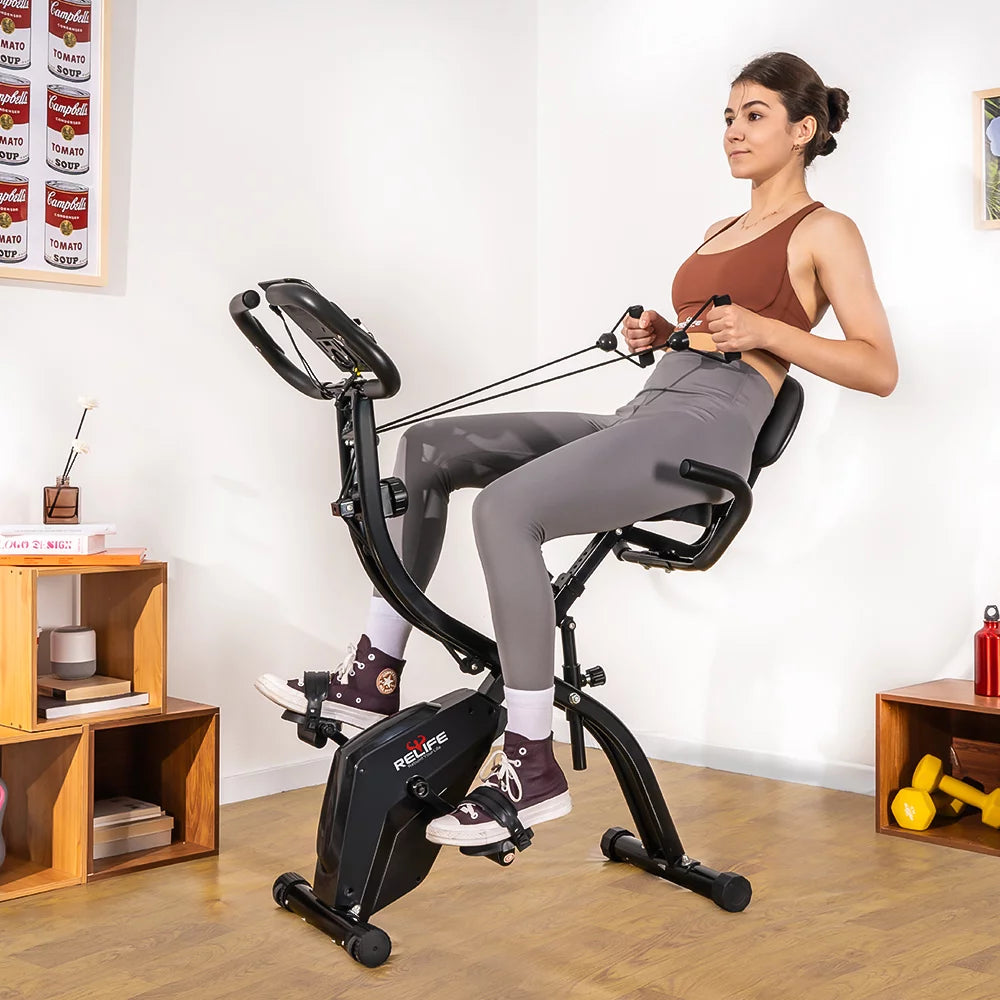When it comes to fitness and improving physique, many people immediately think of achieving wider shoulders as a significant goal. Broad shoulders not only make you look more powerful and confident but also enhance your overall posture. However, the issue is that not everyone seeking wider shoulders knows how to effectively achieve this goal. The keywords “how to get wider shoulders with Dumbbells” and “wider shoulders” are frequently searched and discussed within the fitness community, but reliable information is often scarce.
Fortunately, fitness expert Jeff Cavaliere from Athleanx.com has provided a comprehensive shoulder workout plan designed to help those who aspire to have broader shoulders. This article will delve into how to get wider shoulders based on Jeff Cavaliere’s professional guidance, offering a thorough workout plan for achieving the wider shoulders you’ve always dreamed of.
So, if you’ve been constantly searching for “how to get wider shoulders,” or simply want to understand how to attain “wider shoulders,” then please continue reading. We will explore not just the exercises but also why a comprehensive workout for the deltoids is crucial for meeting this goal.
The following content will take you into a more comprehensive and professional world of shoulder workouts. Let’s get started!
Why is Comprehensive Deltoid Training Important?
Deltoid Muscle Structure: Anterior, Medial, and Posterior Deltoids
The deltoid muscle is the largest and most prominent muscle in the shoulder, consisting of three parts: the anterior deltoid, medial deltoid, and posterior deltoid. The anterior deltoid primarily handles forward shoulder movements, the medial deltoid affects shoulder width, and the posterior deltoid is responsible for rearward shoulder motions.
The Importance of Comprehensive Development
Comprehensively developing the deltoid muscle not only enhances the aesthetics of your shoulders but also improves athletic performance and reduces the risk of injury. A well-rounded deltoid ensures that your shoulders appear round and balanced from all angles. This not only increases shoulder width but also contributes to an overall more robust and coordinated body structure.
Why Is Comprehensive Training Necessary?

Image Source: ATHLEAN-X™
– Balance of Strength: If one part is stronger than the others, it can lead to shoulder imbalance and an increased risk of injury.
– Aesthetic Appeal: A well-rounded deltoid makes your shoulders look broader and more balanced.
– Functionality: In daily life and sports, we use our shoulders for a variety of movements. A well-rounded deltoid improves the efficiency and strength of these actions.
Common Mistake: Overemphasizing the Medial Deltoid.
Many people, in their quest for broader shoulders, often focus excessively on training the medial deltoid while neglecting the anterior and posterior deltoids. This is a common mistake because:
– Single Focus: Overemphasizing the medial deltoid can lead to imbalanced shoulder development.
– Risk of Injury: Imbalanced muscle development can increase the risk of injury, especially during high-intensity or complex exercises.
– Limited Effectiveness: If you only train the medial deltoid, you may find limited increases in shoulder width. This is because a well-rounded shoulder requires the participation of the anterior, medial, and posterior deltoids.
In conclusion, comprehensive deltoid training is the key to achieving broader shoulders. By evenly working all parts of the deltoid, you can enhance both the aesthetics and functionality of your shoulders while reducing the risk of injury. So, the next time you hit the gym, don’t just focus on the medial deltoid; remember to allocate some time and attention to the anterior and posterior deltoids as well.
Daily Workouts: How to Indirectly Train Shoulders

In the realm of fitness, you often hear about “Push Days” and “Pull Days” as part of a training routine. However, what many people may not realize is that these days can also serve as an opportunity to indirectly work on building wider shoulders. Here’s how to sneak in some accessory shoulder exercises and take advantage of these training days.
incorporating Shoulder Accessory Exercises on Push and Pull Days
On Push Days
On your designated push days, you’re naturally focusing on exercises that involve pushing movements. This usually includes exercises like bench presses, dips, and push-ups. While these exercises are generally aimed at targeting the chest and triceps, they also offer the added benefit of engaging your front deltoids (front shoulders).
Bench Press: When performed correctly, the bench press involves a good amount of front deltoid activation, especially during the upward push phase.
Dips: Dips are not only excellent for your triceps but also engage your front deltoids as you lower yourself down and push back up.
Push-Ups: A classic but effective exercise that not only targets your chest but also puts some work on your front deltoids.
On Pull Days
Pull days typically involve exercises like rows, pull-ups, and other pulling movements aimed at targeting the back and biceps. However, this also presents an excellent opportunity to work on your middle and rear deltoids (shoulders).
Dumbbell High Pull: This exercise allows you to target the middle deltoids effectively. The key is to pull the dumbbell up to shoulder level while keeping your elbows above the wrists.
Dumbbell Rear Delt Row: Specifically targets the rear deltoids. The focus is on pulling the weight towards you, almost in a rowing motion, but with the elbows flared out to engage the rear deltoids.
Seated Cable Row: This exercise is particularly effective for the rear deltoids because it allows you to use heavier weights, which can be an excellent stimulus for muscle growth.
Key Takeaways
Incorporating these accessory shoulder exercises into your regular push and pull days can help you achieve more comprehensive shoulder development. It’s all about understanding which exercises offer additional benefits for the deltoids and making them a part of your regular routine.
By taking advantage of these indirect opportunities to train your shoulders, you’re one step closer to achieving that wider, more rounded shoulder look that many desire.
Direct Shoulder Workouts for Wider Shoulders
Front Delts: Dumbbell ISO Alternating Front Raise
When it comes to the front delts, one exercise stands out: the Dumbbell ISO Alternating Front Raise. This exercise is designed to target the front deltoids specifically. The key to this exercise is to initiate the lift of the dumbbell through the first 20-30 degrees with the front delt, avoiding using other muscle groups. This ensures that you’re giving maximum stimulus to the front delt muscle, which is crucial for its development.
Middle Delts: Upper Limit Laterals and Dumbbell Cheat Laterals
Upper Limit Laterals
The Upper Limit Laterals exercise focuses on the middle deltoids. For this exercise, sit on the floor and hold a pair of light dumbbells just an inch off the ground. As you lift them, maintain high tension on the shoulders and initiate each contraction with the middle delts. This will help you build those wider shoulders by emphasizing the middle part of the deltoid muscle.

Dumbbell Cheat Laterals
This exercise complements the Upper Limit Laterals well. With the Dumbbell Cheat Laterals, you can utilize a bit of power and momentum to apply a heavy eccentric overload to your middle delts. The key here is to slow down the weight on the way back to the starting position. This will provide a different kind of stimulus for growth, thus broadening your middle delts even more effectively.
Rear Delts: Rear Delt Rows and Dumbbell Hip Huggers
Rear Delt Rows
The Rear Delt Rows focus on, you guessed it, the rear deltoids. The emphasis here should be on the quality of the contraction. Do not swing the weights; instead, contract them through every rep with meaningful intention. This is crucial when you’re struggling to build wider shoulders.
Dumbbell Hip Huggers
This exercise is excellent for hitting both the middle and rear delts. The Dumbbell Hip Huggers give you a chance to work on these often neglected areas of the deltoids in one go. Focus on the quality of the contraction; pull the weights as if you’re pulling up a tight pair of pants.

Composite Movements: Dumbbell Standing Overhead Press
This is a comprehensive movement that targets all three parts of the deltoid muscle. It’s recommended to perform this exercise from a standing position if possible. You can also transition it into a push press for a more explosive delt-building option, or perform it as a single-sided alternating press for more shoulder comfort.
Complete Shoulder Width Workout Plan
– DB Standing OHP: 2 to 3 sets x 8-10 reps to failure
– DB Alt. Iso Front Raises: 1-2 sets x 10-12 reps to failure
– Upper Limit Laterals: 3 sets x 12-15 reps to failure
– DB Cheat Laterals: 3 sets x 6-8 reps to failure for each arm
– DB Rear Delt Rows: 2-3 sets x 10-12 reps to failure for each arm
– DB Hip Huggers: 2-3 sets x 12-15 reps to failure
Execution Details and Emphasis
– How to Properly Perform Standing Dumbbell Overhead Press: The key to this exercise is doing it from a standing position if you are able. This allows for a more dynamic and functional range of motion.
– How to Specifically Target the Front Delts: The Dumbbell ISO Alternating Front Raise is ideal for this. Focus on initiating the lift with the front delt and minimizing involvement of other muscle groups.
How to Maintain High Tension for Stimulating the Middle and Rear Delts**: The quality of the contraction is crucial. Exercises like the Upper Limit Laterals and Rear Delt Rows are excellent for maintaining this high level of muscle tension.
By following this workout plan and focusing on the key points of execution, you’ll be well on your way to building wider, rounder, and more impressive shoulders.
Additional Option - Iron Cross Finisher

How to Increase Muscle Endurance
The Iron Cross Finisher serves as an ideal closing routine for your shoulder workout. It’s an isometric exercise that targets various parts of your deltoids, increasing muscle endurance and pushing your shoulders to the limit.
To perform the Iron Cross Finisher:
- Front Raise Isometric Hold: Take a light pair of dumbbells and hold them straight in front of you at shoulder height.
- Lateral Raise Isometric Hold: Transition into holding the dumbbells out to your sides, also at shoulder height.
- Alternate: Continue to alternate between these two positions.
The key is to hold each position for as long as possible, tapping into your isometric strength, which typically exceeds your concentric abilities. This will stimulate muscle fibers in a new way and serve as an excellent stimulus for growth and endurance.
Who Should Use the Iron Cross Finisher?
This exercise is perfect for those who:
- Have Already Mastered Basic Shoulder Exercises: If you’re already comfortable with standard shoulder routines, the Iron Cross Finisher can add a new challenge and variety to your workout.
- Are Looking for Increased Muscle Endurance: The isometric nature of this exercise will test and improve your muscle endurance, a critical factor in overall athletic performance.
- Want to Target Multiple Areas of the Delts in One Go: The Iron Cross Finisher effectively engages the front, middle, and rear delts, making it a comprehensive finisher to any serious shoulder workout.
By incorporating the Iron Cross Finisher into your routine, you’ll not only challenge your shoulders in a new way but also add an effective tool for building muscle endurance. Whether you’re an intermediate or advanced fitness enthusiast, this finisher can offer a challenging end to a productive shoulder day.
After diving deep into the anatomy of the deltoids and exploring various exercises to target each section, it’s clear that the key to wider, rounder shoulders lies in a comprehensive workout plan. But exercise is just one piece of the puzzle. Proper nutrition, specifically the intake of high-quality proteins, is equally essential to support muscle growth and recovery.

